- About us
- Support the Gallery
- Venue hire
- Publications
- Research library
- Organisation chart
- Employment
- Contact us
- Make a booking
- Onsite programs
- Online programs
- School visit information
- Learning resources
- Little Darlings
- Professional learning
Chips Rafferty MBE (1909–1971), screen actor, was born John Goffage in Broken Hill and nicknamed 'Chips' as a boy. He worked in a number of jobs including as a shearer, miner, drover and pearl diver before making his film debut in Dad Rudd, M.P. (1940). Director Charles Chauvel saw his potential and cast him in a lead role in Forty Thousand Horsemen (1940), for which he adopted the screen name Chips Rafferty. The success of the film brought him to public attention. A year later, during the Second World War, Rafferty enlisted in the Royal Australian Air Force. He was released to act in propaganda films for the Department of Information, including The Overlanders (1946), which was a hit in Australia and in Britain. Rafferty made a foray into Hollywood for The Desert Rats (1953), and was briefly marketed as Australia's answer to Cary Grant, but he was more in his element playing the lean and laconic bushman. Variations on this character appear throughout Rafferty's career, and his films contributed to the popular notion of Australian masculine identity: The Rats of Tobruk (1944), Bush Christmas (1947), Eureka Stockade (1949), Kangaroo (1952), Smiley (1956), Smiley Gets a Gun (1958), The Sundowners (1960) and They're a Weird Mob (1966). His final film was the classic Wake in Fright (1971), filmed in his hometown of Broken Hill.
Helen Grieve (1931–1981), child actress, was born in Sydney. Her first film role was in The Overlanders (1946), opposite Chips Rafferty. Shot on location in the Northern Territory, the film was seen by an estimated 350,000 Australians, then the most popular Australian film of all time. Grieve's second, and last, film was Bush Christmas (1947), again with Rafferty. Filmed in the Blue Mountains, it was popular in Australia and Britain and seen in 41 countries. A 1951 newspaper article in Brisbane's The Worker announced that Grieve was retiring from acting to study science at Sydney University, as there was very little film work available in Australia. As Grieve's daughter Janie Joseland-Bennett recalled in a 2019 National Geographic article: 'After seeing The Overlanders, Dad's dream was to meet my mother, work on the land and have that rural life.' David Joseland and Helen did end up getting married and together they ran a property in remote South Australia. Grieve died in 1981, and her grave is inscribed with: 'Her life was devoted to the outback and its people.'
Gift of Danina Dupain Anderson 2021. Donated through the Australian Government's Cultural Gifts Program.
Max Dupain OBE (age 36 in 1947)
Chips Rafferty MBE (age 38 in 1947)
Helen Grieve (age 16 in 1947)
Danina Dupain Anderson (47 portraits)



On one level The Companion talks about the most famous and frontline Australians, but on another it tells us about ourselves.
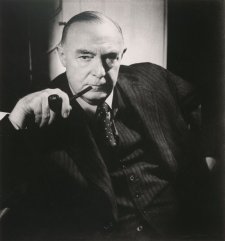
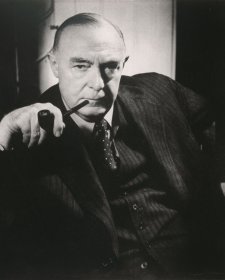
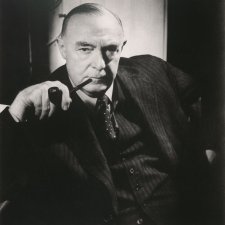
Johanna McMahon revels in history and mystery in pursuit of a suite of unknown portrait subjects.
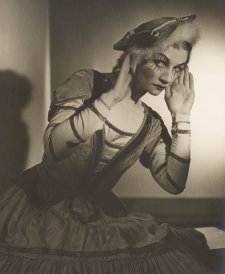
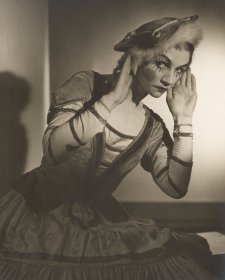
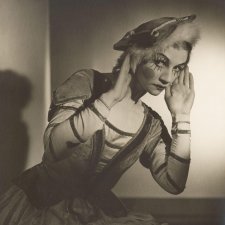
Gael Newton delves into the life and art of renowned Australian photographer, Max Dupain.